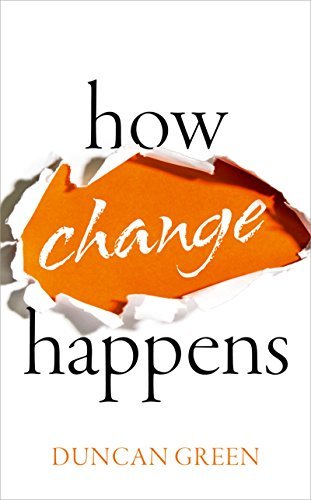What do you think?
Rate this book


286 pages, Kindle Edition
First published December 1, 2016
"[I]n the end, this is a book written by a white, Western (and rapidly aging) male, and it inevitably echoes my experiences, networks, culture, assumptions, and prejudices. Please don't forget that, while you're reading it. "
"Unfortunately, the way we commonly think about change projects onto the future the neat narratives we draw from the past. Many of the mental models we use are linear plans - "if A, then B"- with profound consequences in terms of failure, frustration, and missed opportunities. "
"A feminine approach to leadership recognises that women often bring a greater attention to collaboration, collective decision making, and building relationships, characteristics that fall well within the traditional gendered roles of women. In contrast, a feminist approach seeks to transform relations of power, paying close attention to 'power within' and 'power with', as well as hidden and invisible power."
"Western campaigners tend to dumb down the complex realities of messy conflicts into simple narratives of good and bad to be remedied by simple solutions (preferably delivered by the West). Such narratives squeeze out the more nuanced views of local people and the deeper, underlying causes of conflict, and end up promoting superficial victories rather than real change. "